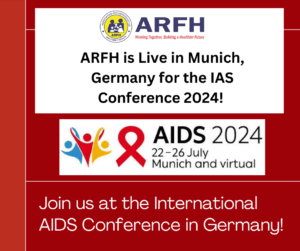By Atibioke O.P, Oladeji, A.O, Ojomo, O.A, Ehimatie, B.A, Hassan, A.O, Osinowo, K.A and Ladipo, O.A
A Paper Presented at the National HIV Prevention Conference, 2016. Hands on for HIV Prevention.
Background
The fight against HIV has been a long battle and many sectors have contributed to the stemming down the spread of the virus. However, culture, religious belief, lack of access to factual information and deep rooted myths and misconception are some of the factors slowing down the gains from investment in HIV prevention in particular. Community education is one of the key strategies of HIV response that has the propensity for addressing some of the challenges but has long been neglected. The paper considers outcomes of strengthening community component for HIV prevention.
Methods
The intervention engaged 103 Community Based Organizations in twelve plus one states through competitive process. Training in basic HIV information and intervention were conducted for three staff of each organization. CBOs thereafter mobilize community members, sensitise and educate them on HIV prevention, address myths and misconceptions and encourage them to take HIV test. The CBOs were aligned to Global Fund supported facilities for effective linkage of positive cases for other HIV services. Traditional Birth Attendants were also engaged to fetch pregnant women for HIV test. Inter personal communication, small group meetings and distribution of IEC materials were used to reach general population.
Results
Within one year of intervention, 236,447 people have been reached with HIV prevention information and screened for HIV. 143,073 were from general population while 93,374 were pregnant women. All the positive cases were linked to health facilities for possible enrolment for ART. The health seeking behaviour of the communities of intervention also increased which has resulted in increased utilization of GF supported facilities.

Conclusion
The intervention addresses structural, behavioural and biomedical components of HIV minimum prevention package. In order to optimize the benefits, additional supports are being provided for CBOs to conduct community testing to enable them screen community members for HIV at first contact.




